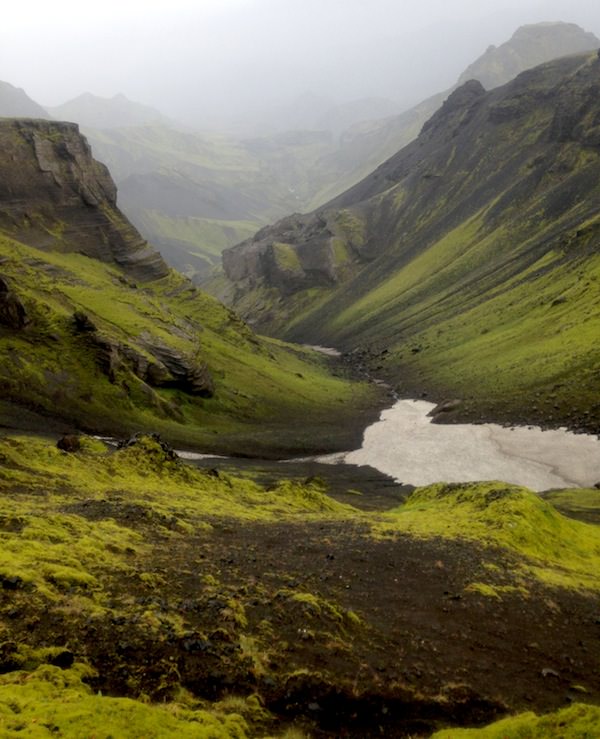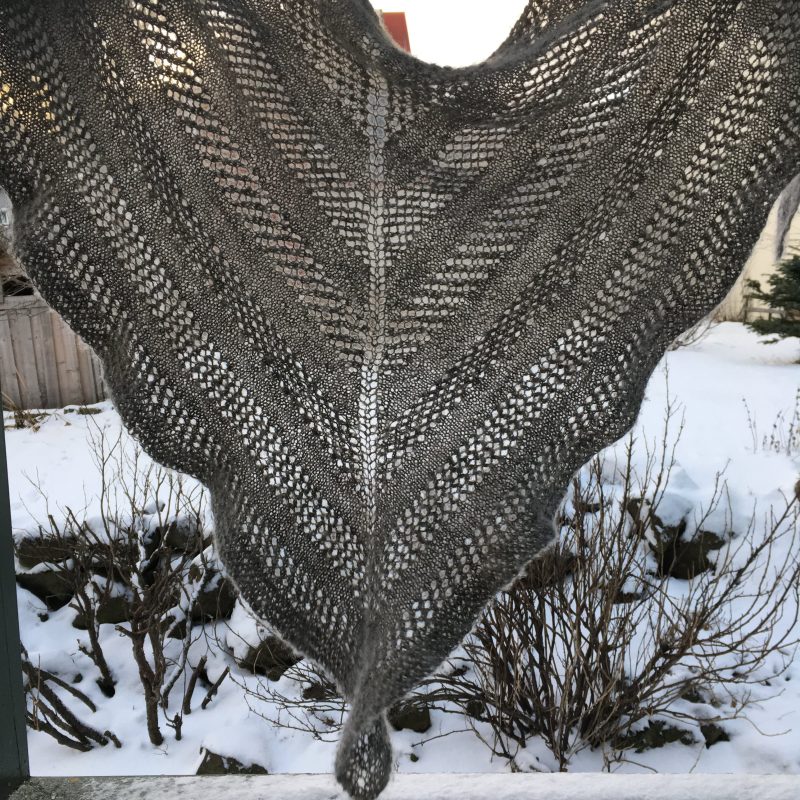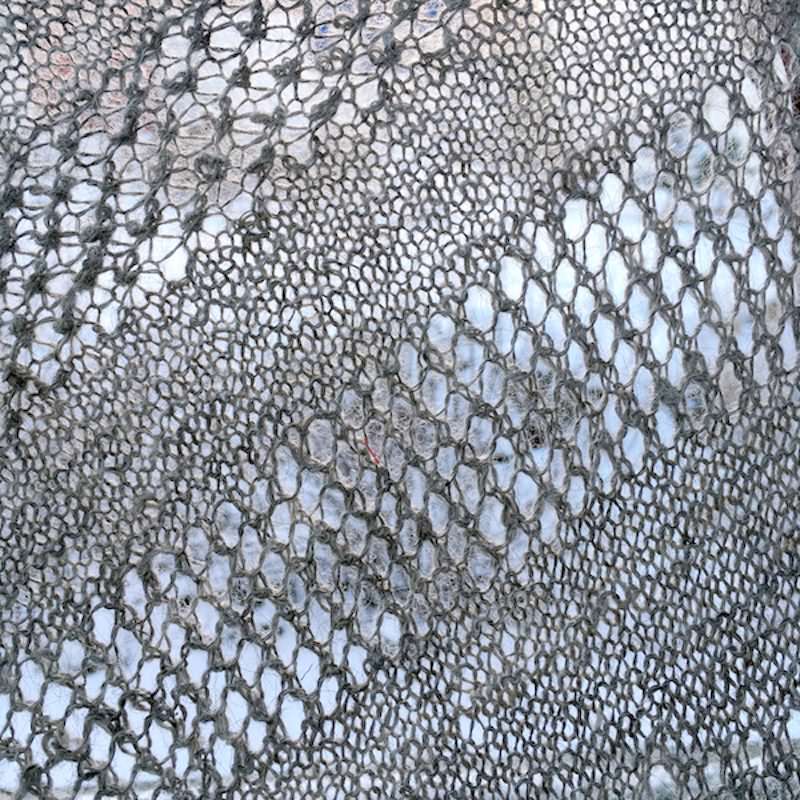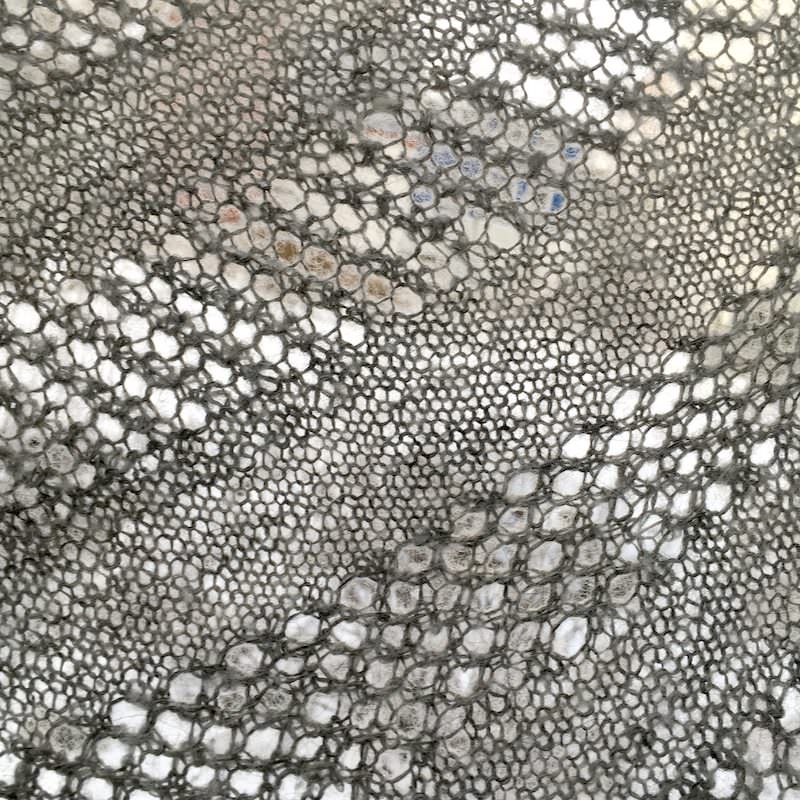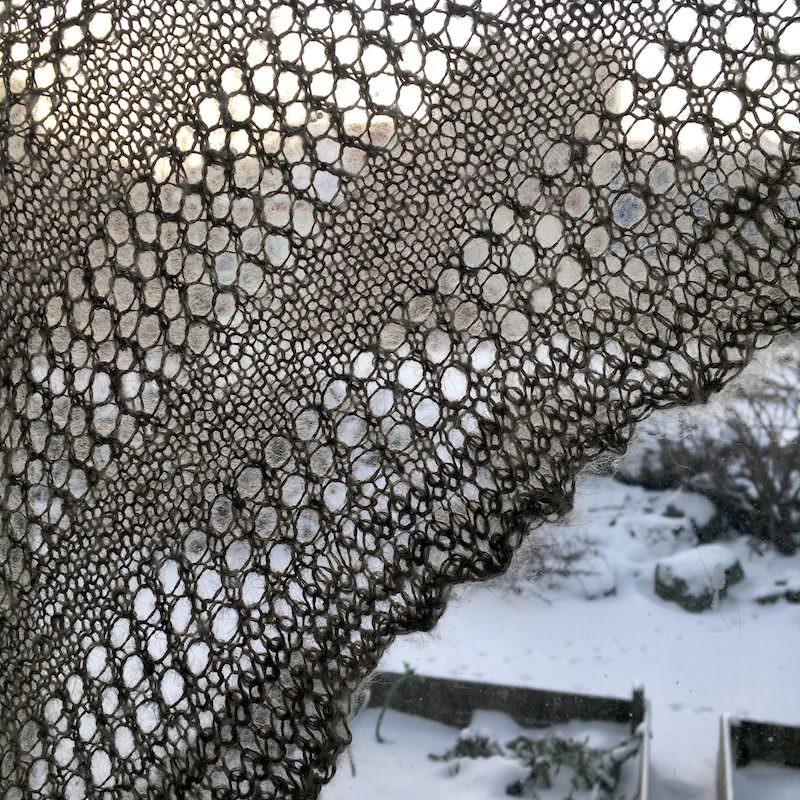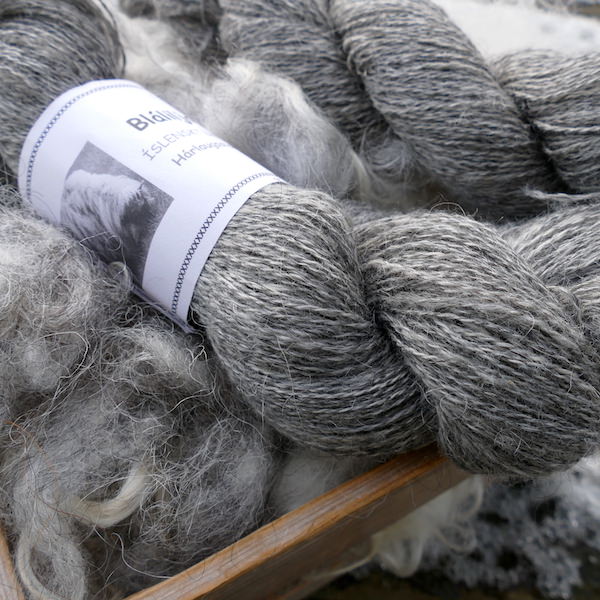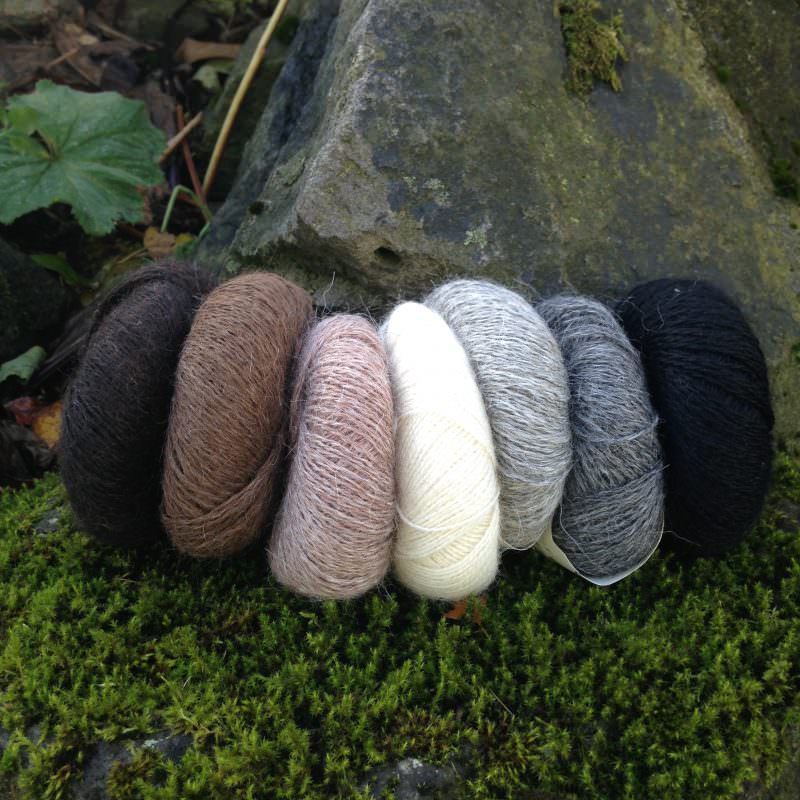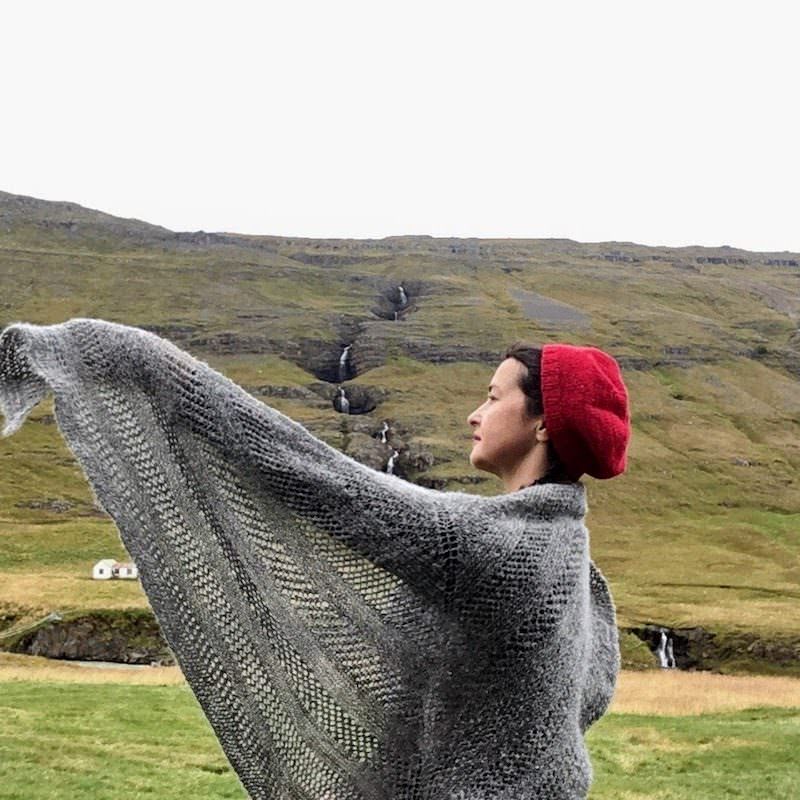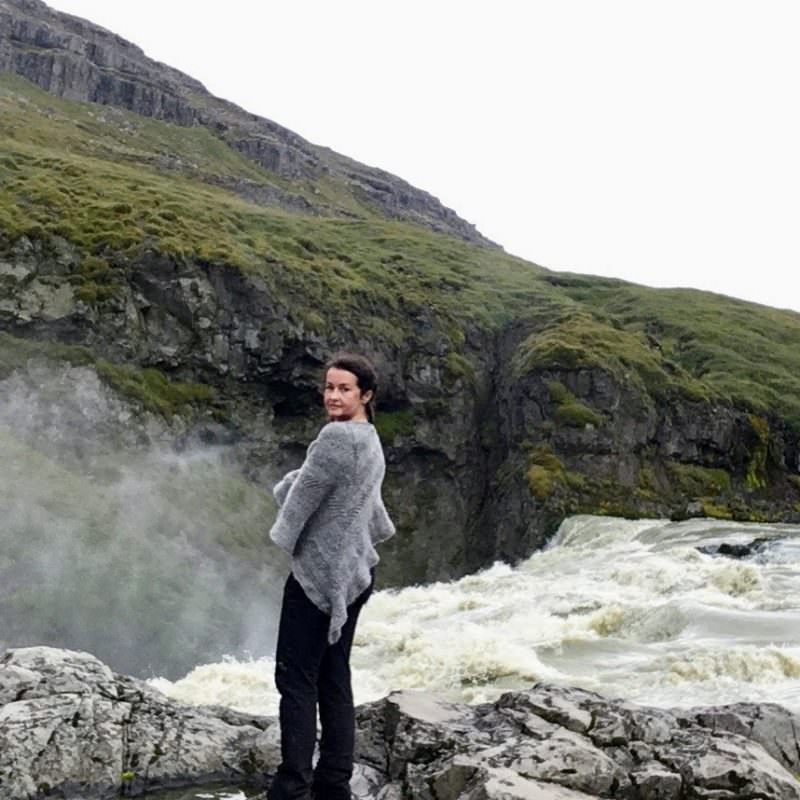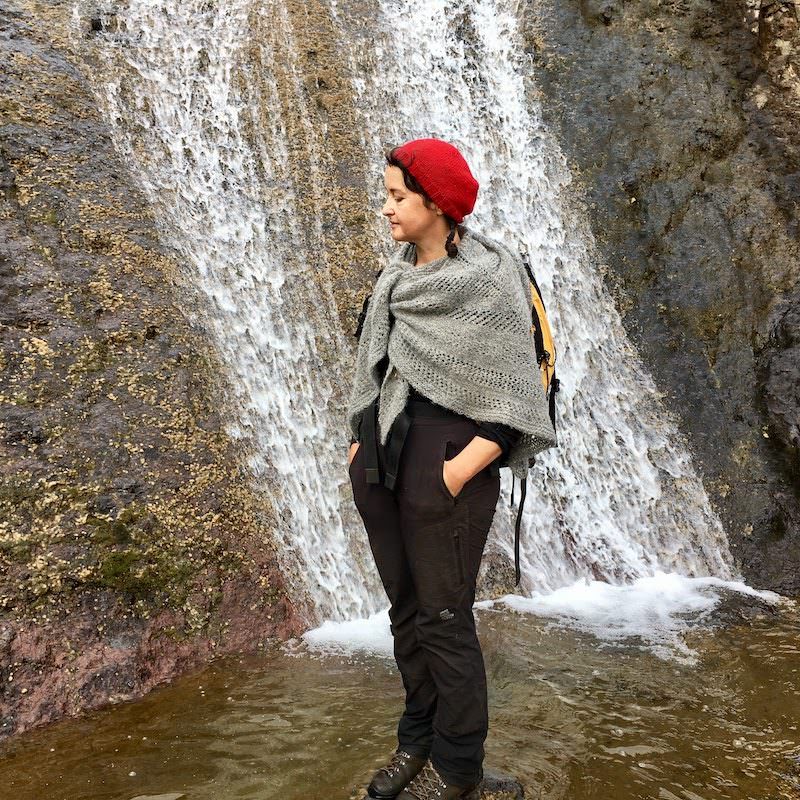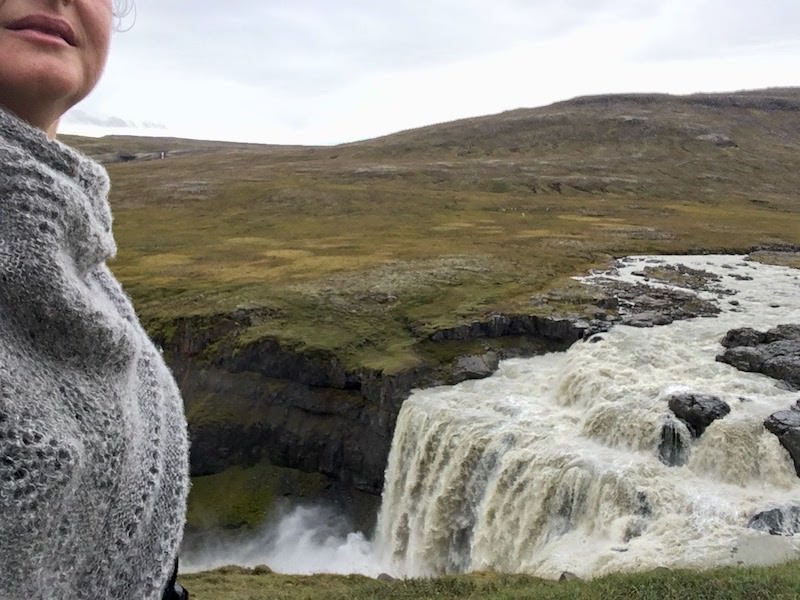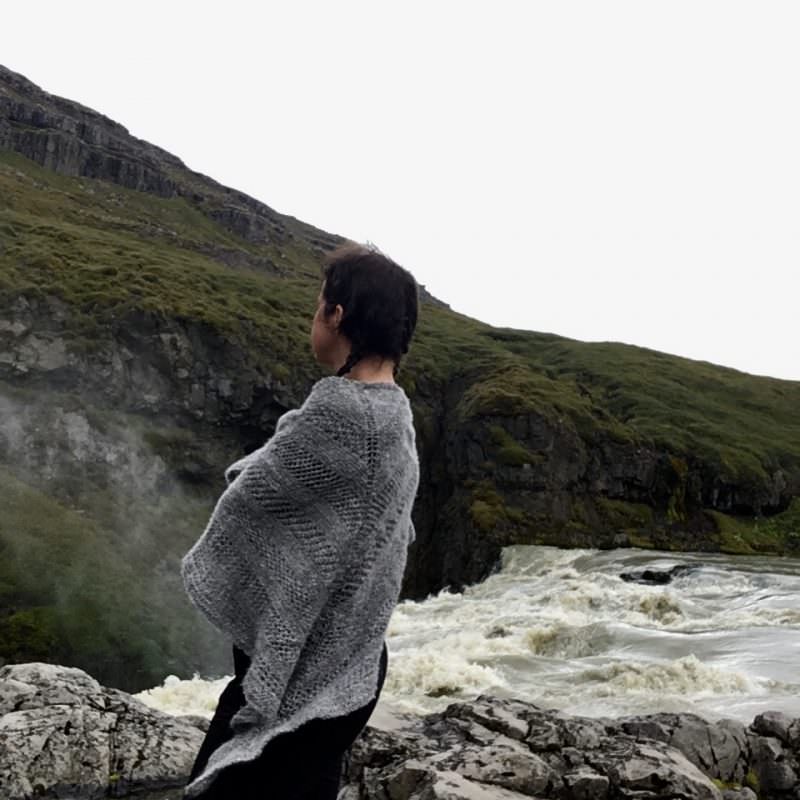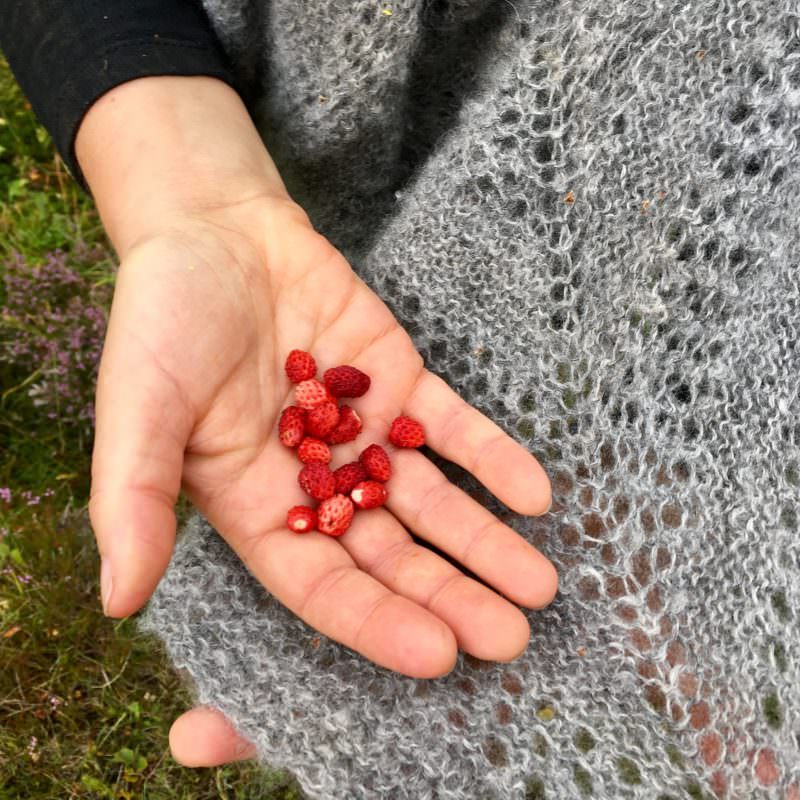New pattern
On Skakki’s footsteps
A Skakki is a traditional everyday Icelandic shawl. It is a simple garter stitch triangular shawl, that was worn crossed over the front and bound at the back, with long wrist warmers that acted as sleeves. The skakkar (that’s the plural for skakki) were usually knitted in the natural colors of the sheep and often decorated with a few stripes and/or bands of openwork, gataprjón (hole knitting), at the bottom.
Skakki, my latest shawl design retains all the elements of the traditional skakki except for the bands of openwork that are not confined to the bottom of the shawl but cover the entire wingspan. There are 6 bands of openwork and each band is different: some of the motifs come from different areas in Iceland or can be found in other traditional Icelandic shawls. The shawl ends with a very special stitch that is only to be found in the East fjords of Iceland.
The Skakki shawl is knitted from the top down in the manner that was common for such shawls in the Westfjords of Iceland.
It then alternates bands of garter stitch with bands of openwork: the first band is Hnútuprjón, literally “knot knitting”, this striking but easy pattern can be found in squared Icelandic shawl or more elaborate lace shawls in place of the more popular Spider lace.
Then come some Gatasnar, or “hole net”. This is the easiest and most effective way to create an openwork with simple eyelet rows. In this motif, all the eyelet rows are the same and the eyelet holes align on top of each other, creating vertical lines of holes.
The third band is an intriguing variation of the Gatasnar: it may look like the Eyelet net at first glance but is more elaborated and has a lovely twist to it.
The fifth band is yet another variation of the Gatasnar where the eyelet holes are positioned in between holes from the previous line, thus creating more like a trellis motif (resembling a chicken wire).
Gataraðir are the 6th and last openwork band: literally “rows with holes”, those are eyelet rows that are not stacked on top of each other to form a net but are separated by a few plain garter st rows. Simple but effective.
The shawl then ends with a very unusual border of Austfirskprjón. As it names suggest, this motif comes from the Fjords in the East of Iceland and was usually worked as an allover motif on a triangular shawl, typical from the area. The motif is worked over 4 rows, and double its stitches on some of those rows. This make it very elastic and warm and uses also quite a lot of yarn. It is the reason why the shawl is flared at the bottom.
The shawl was originally designed last summer as a prompt for the fundraising campaign of Uppspuni, Iceland first minimill. I used a very special Icelandic wool coming from the Feldfé, a grey Icelandic sheep that has been raised to produce more tog (the long coarse outer coat) than thel (the short soft and fine inner coat). Only four or five farmers have Feldfé today and the yarn is as such a rarity. Only the knitters who supported the campaign with this prompt got their hands on the Feldfé!
But I have an alternative to offer you! Not as rare, but still a very special and unique yarn, Gilitrutt Tvíband, my beautiful plied lace made of soft Icelandic lambswool, is a good choice: I select the wool myself from Icelandic farmers and the natural grey wool is the most difficult to gather of all the natural colors of the Icelandic sheep.
Note that the black yarn on the right is dyed. The natural black wool is the very dark and rich brown is color on the left.
I took the pictures of the shawl last summer in the East fjords when I was checking out the roads for the upcoming Authentic Iceland Hiking and Knitting tour, a tour that I proposed for the first time last year (see also pictures from last year here and book for this year here).
Most of the time, when you see me on pictures, I will have also be the photographer. And selfportraits don’t always go as planned… blurred pictures, badly framed are a common thing. Also the timer sometimes makes for some less resolution pictures. But I still like the atmosphere, so here are my selfies at the last abandoned farm, at the steps of the beautiful Highlands.
Enjoy one of the many waterfalls of the Waterfall trail in front of which I took the Skakki “official picture”!
Pattern in English, French or Icelandic is for sale on my website here and on Ravelry here.
The KIT with Gilitrutt is for sale on my website here. It contains 8 skeins of Gilitrutt Tviband Basalt grey and a project bag – the price set represents a 10% discount compared if the wool was bought separately. If you’d choose another color from the 20 available, you can, at the same discount price.
Happy knitting!

